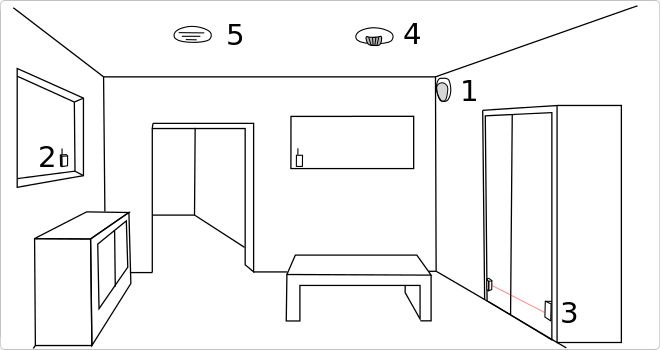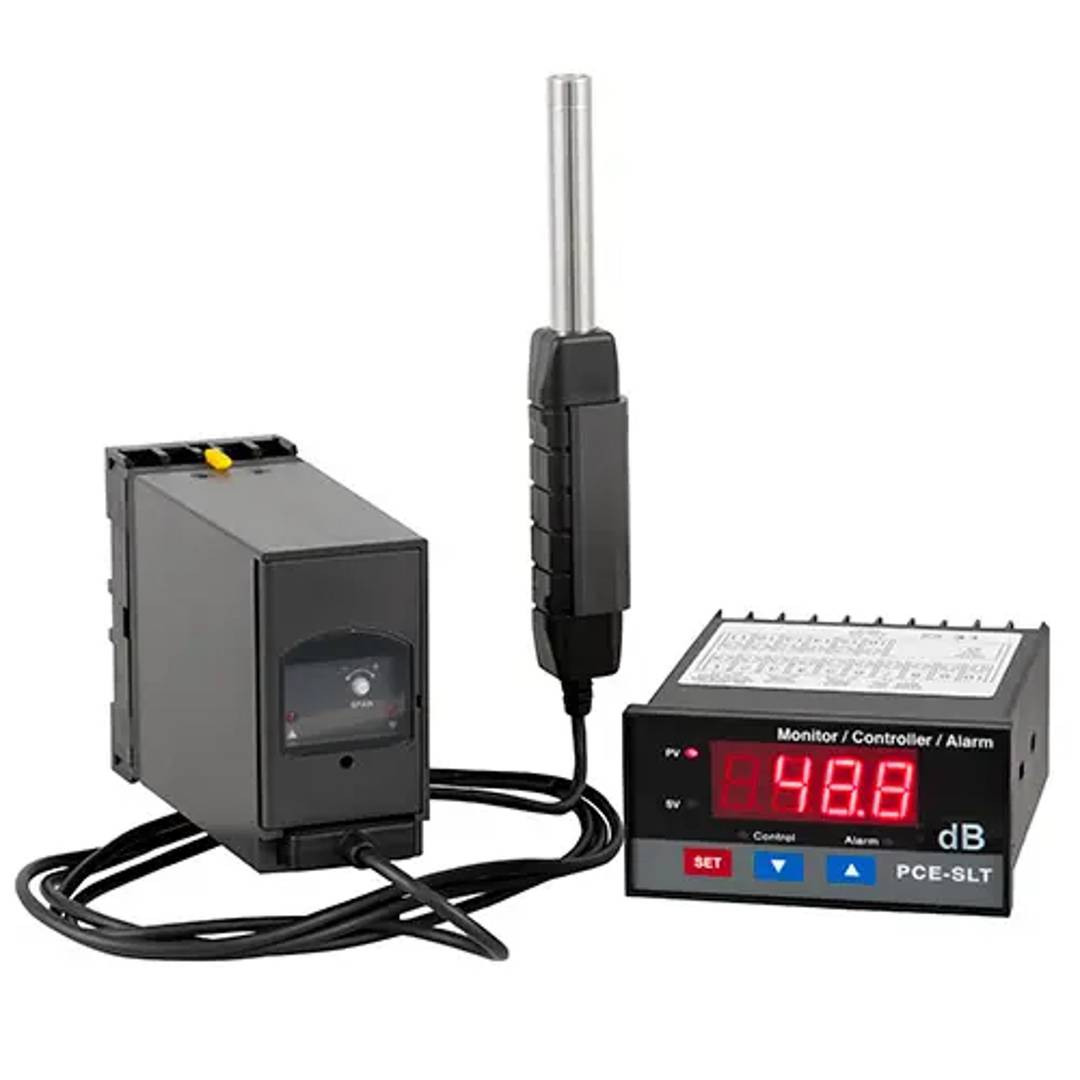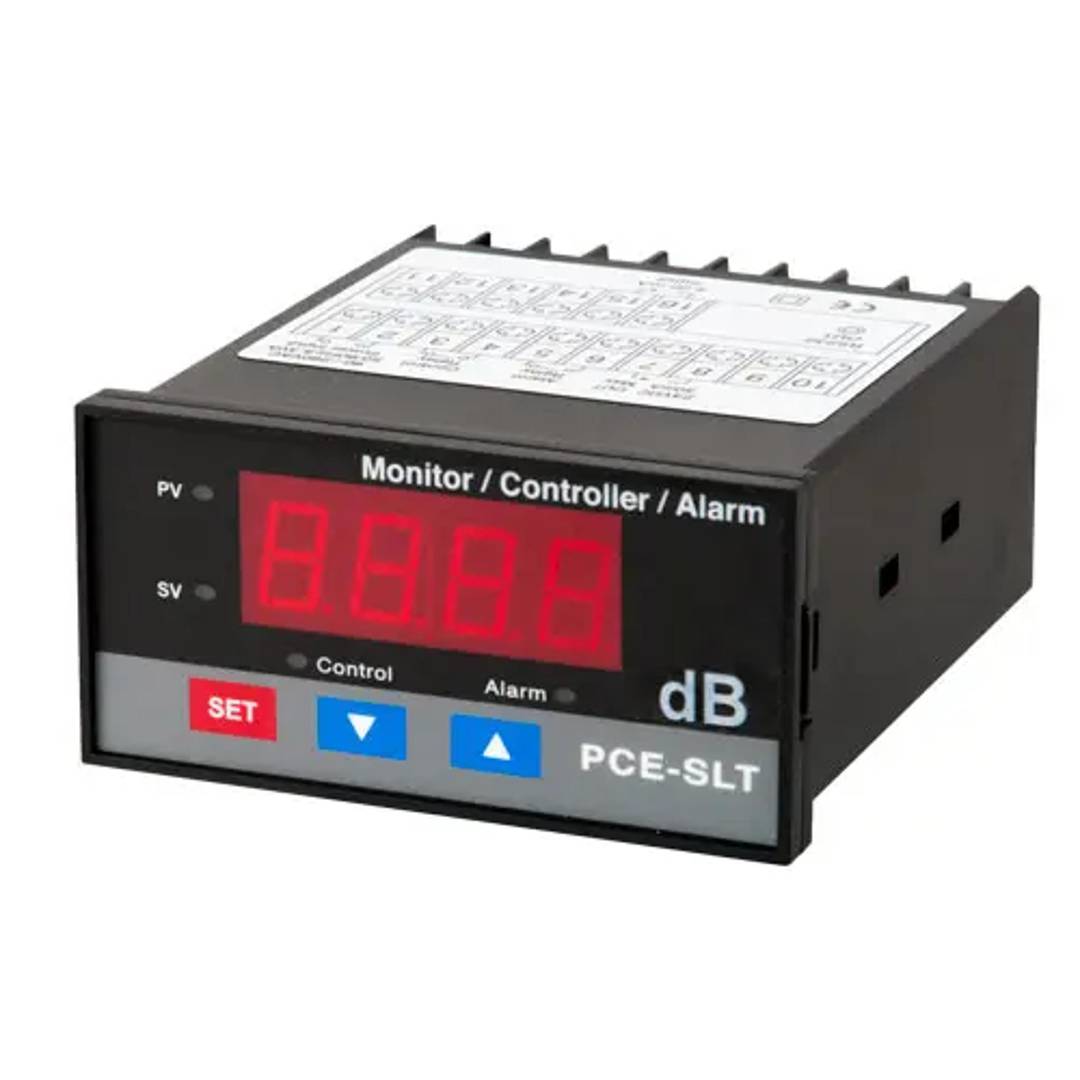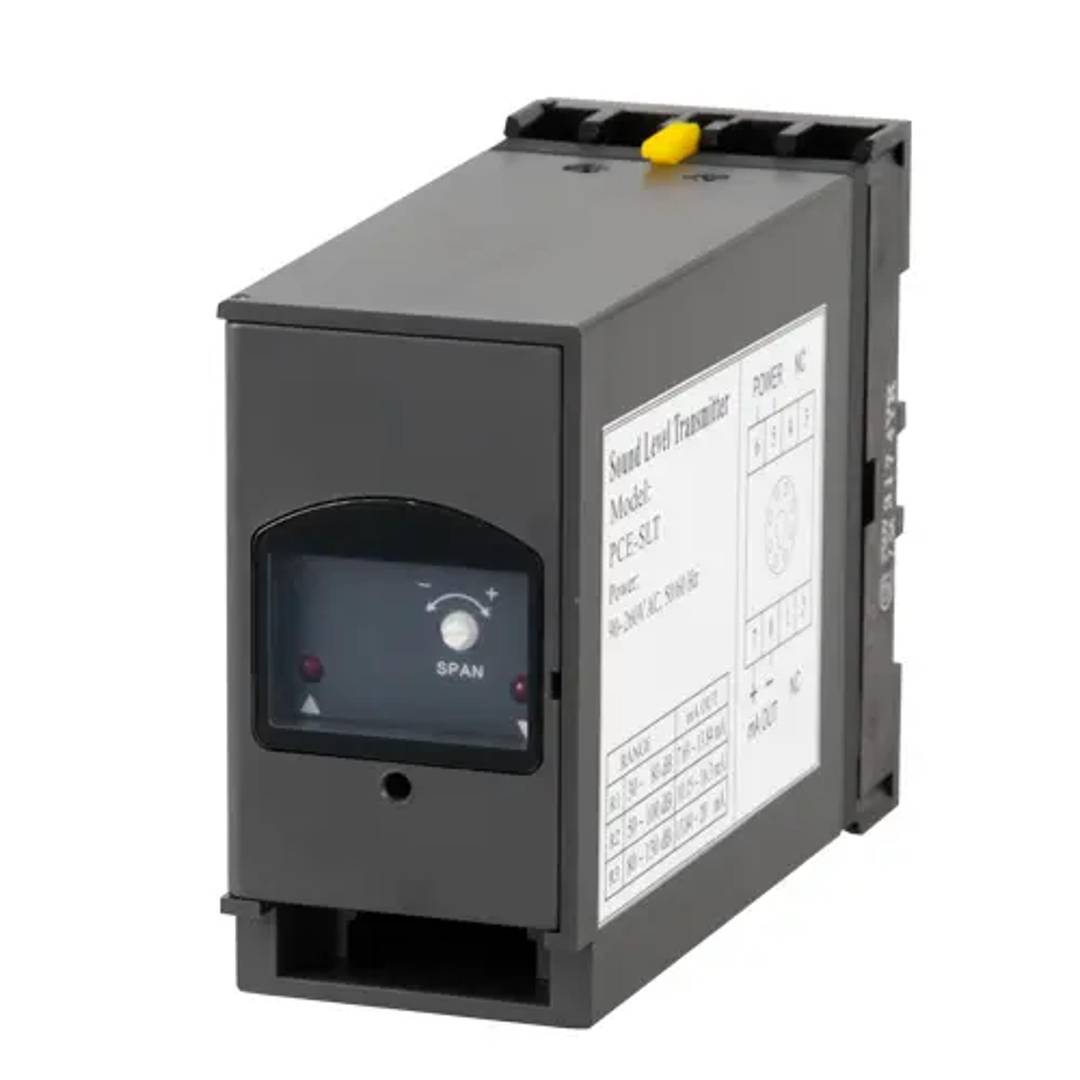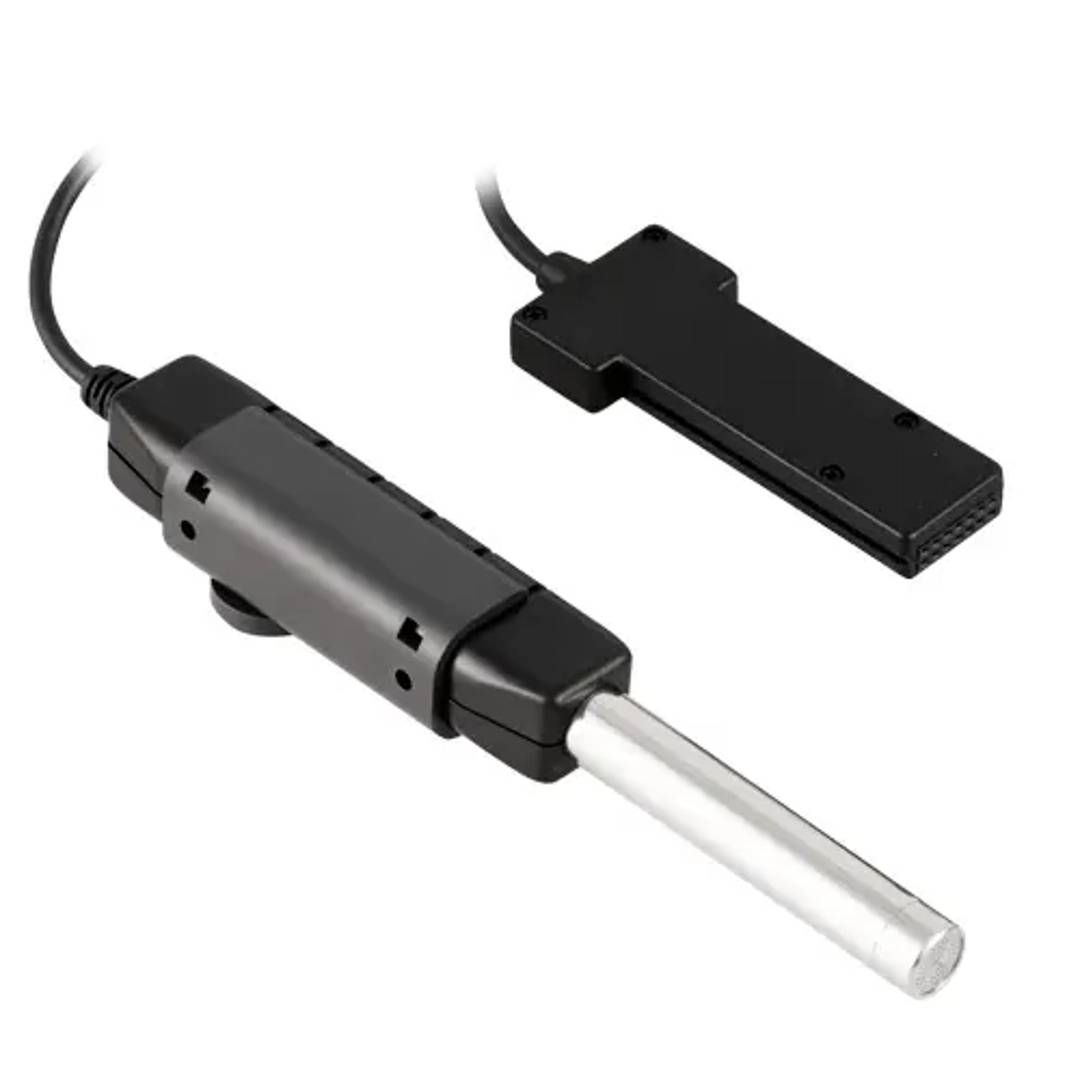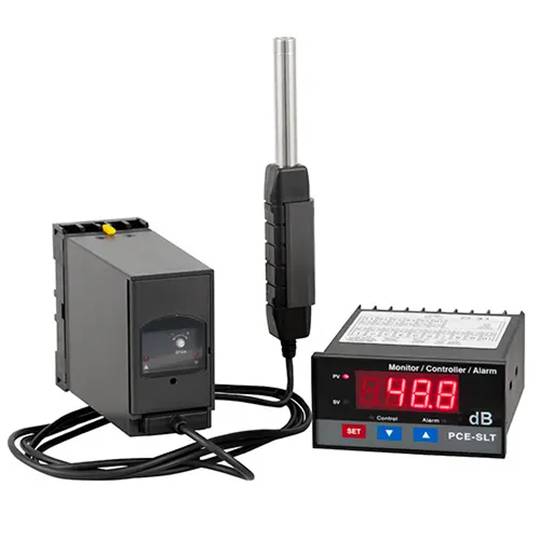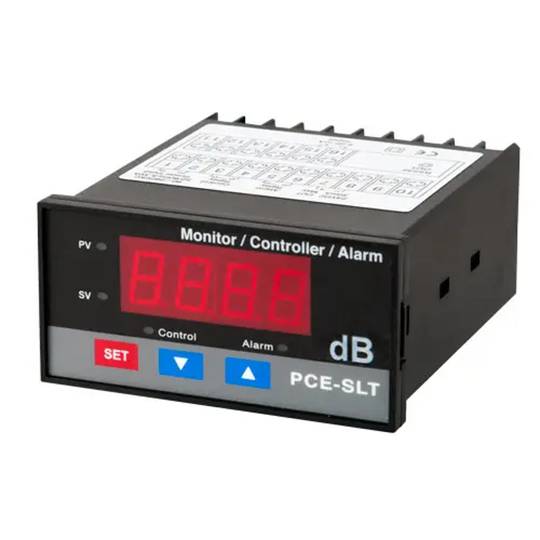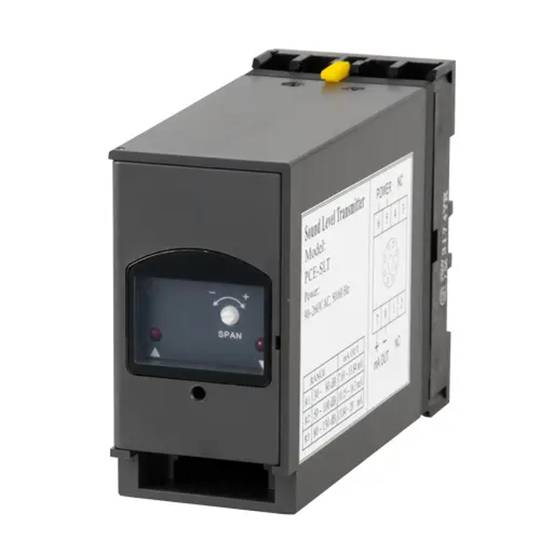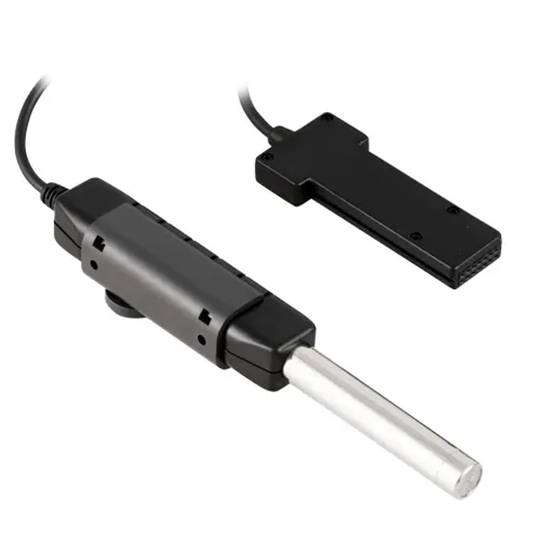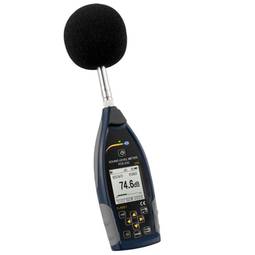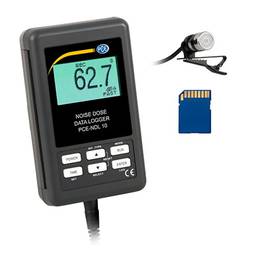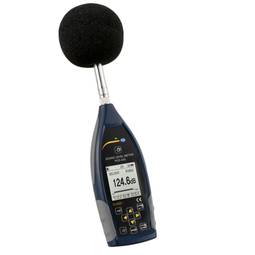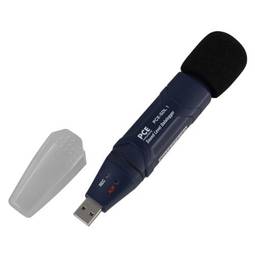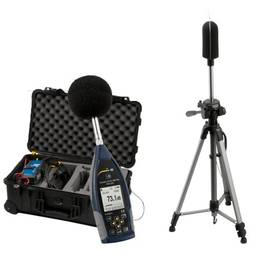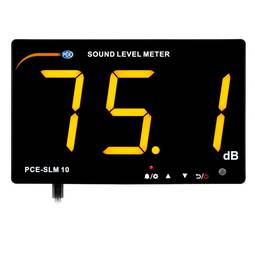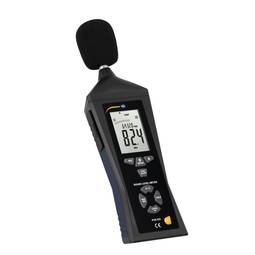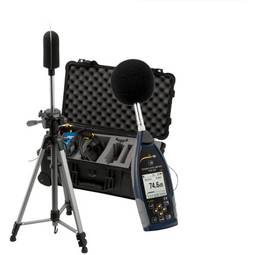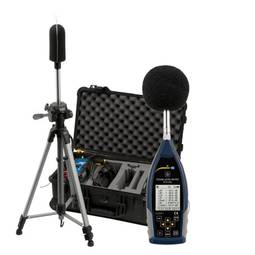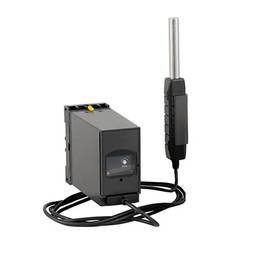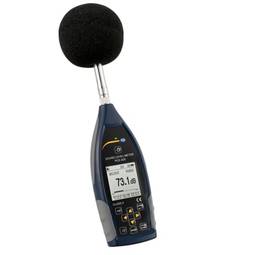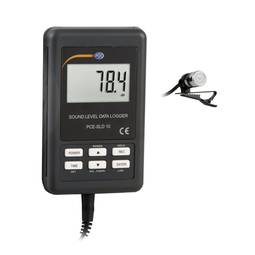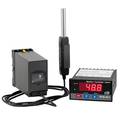05/08/2024 2 p.m.
https://cablematic.com/en/products/pce-slt-sound-level-meter-PC520/
https://cablematic.com/en/products/pce-slt-sound-level-meter-PC520/
PCE-SLT sound level meter
REF: PC520
Specifications
- Includes a handgrip measurement microphone and wall mount with 1.5 cm cable, noise transmitter and digital display.
- Digital indicator with relay output to control acoustic and visual alarms, and a regulation output.
- Allows you to set the alarm limit value.
- Ideal for continuous sound measurements and noise control in factories, production rooms and leisure halls (discos, popular festivals, ...).
- Relay output also allows to control opening and closing of windows.
PVP
€549.88
Price including VAT:
€549.88
PVD
€511.96
PVP: Retail price.
Check conditions.
PVP: Sale price to distributors.
Check conditions.
Buy before:
Receive it:
7 business days
Delivery times are approximate. Cablematic is not responsible for delays.
warranty
returns
safe
Specifications
- Includes a handgrip measurement microphone and wall mount with 1.5 cm cable, noise transmitter and digital display.
- Digital indicator with relay output to control acoustic and visual alarms, and a regulation output.
- Allows you to set the alarm limit value.
- Ideal for continuous sound measurements and noise control in factories, production rooms and leisure halls (discos, popular festivals, ...).
- Relay output also allows to control opening and closing of windows.
More info
Sound measurement and noise control device designed for stationary use. It consists of a microphone with a bracket for wall mounting, a sound transmitter and a digital display. It is specially designed to measure and control noise in industrial spaces, such as factories, production rooms and entertainment venues. The digital indicator includes a relay output to control acoustic and visual alarms, as well as a regulation output to set the alarm limit value. In addition, the analog output signal allows the transmitter signal to be stored in a recorder, allowing the values to be analyzed and documented. The sound level meter is very easy to install and is supplied with a 240 V voltage. It is preconfigured to the sound transmitter and can be used immediately. Manufactured by PCE, with reference PCE-SLT.
Specifications
Specifications
- Includes a handgrip measurement microphone and wall mount with 1.5 cm cable, noise transmitter and digital display.
- Digital indicator with relay output to control acoustic and visual alarms, and a regulation output.
- Allows you to set the alarm limit value.
- Ideal for continuous sound measurements and noise control in factories, production rooms and leisure halls (discos, popular festivals, ...).
- Relay output also allows to control opening and closing of windows.
- Analog output signal to store transmitter signals in a recorder.
- Easy to connect and is powered by a voltage of 240 V.
- Digital indicator preconfigured to the sound transmitter.
- Gross Weight: 911 g
- Number of packages: 1
- Master-pack: 1
Technical terms
- Movement detector
Movement detector
Within the detection systems we can find different types according to their operation, among them the most common:
- Infrared sensors
- Vibration sensors.
- Photoelectric sensors.
- Ultrasound sensors.
- Acoustic sensors
- Sensors by infraRrojos, are one of the most used types, thanks to its reliable operation and installation, since we can find this type of wired and wireless sensors.
The infrared sensor has a phototransistor capable of detecting the infrared electromagnetic radiation emitted by a body, this type of radiation is not visible by the human eye. A change of radiation in its perimeter will activate the relay and proceed to send ato alarm signal.
Within these, there are two models, passive infrared sensor, which only has a phototransistor and assets, which have an emitter and a receiver. - Vibration sensors are used mostly in security systems, such as window sensors. car alarms etc.
Its operation is based on an accelerometer, through a piezoelectric sensor. This type of sensorDue to its construction material it allows to detect changes and pressure when emitting an electric charge. - Photoelectric sensors, these are the sensors that use photoelectric rays, normally a transmitter and a receiver are used, they are commonly used in automatic door systems, elevator doors, production chains, etc.
- The ultrasonic sensors are those that emit an acoustic signalabout 30 kHz, a signal that is not appreciated by humans. This signal or wave propagates through space, walls, objects, doors, etc. once the signal has spread the sensor is activated and any change will trigger the sensor.
These types of sensors are also used in devices that require measuring distances and detecting objects. - Acoustic sensors, are those that can detect the signal emitted by anyobject and are able to detect the pressures that the acoustic waves emit, such as the noise of the crystals when breaking a window.
